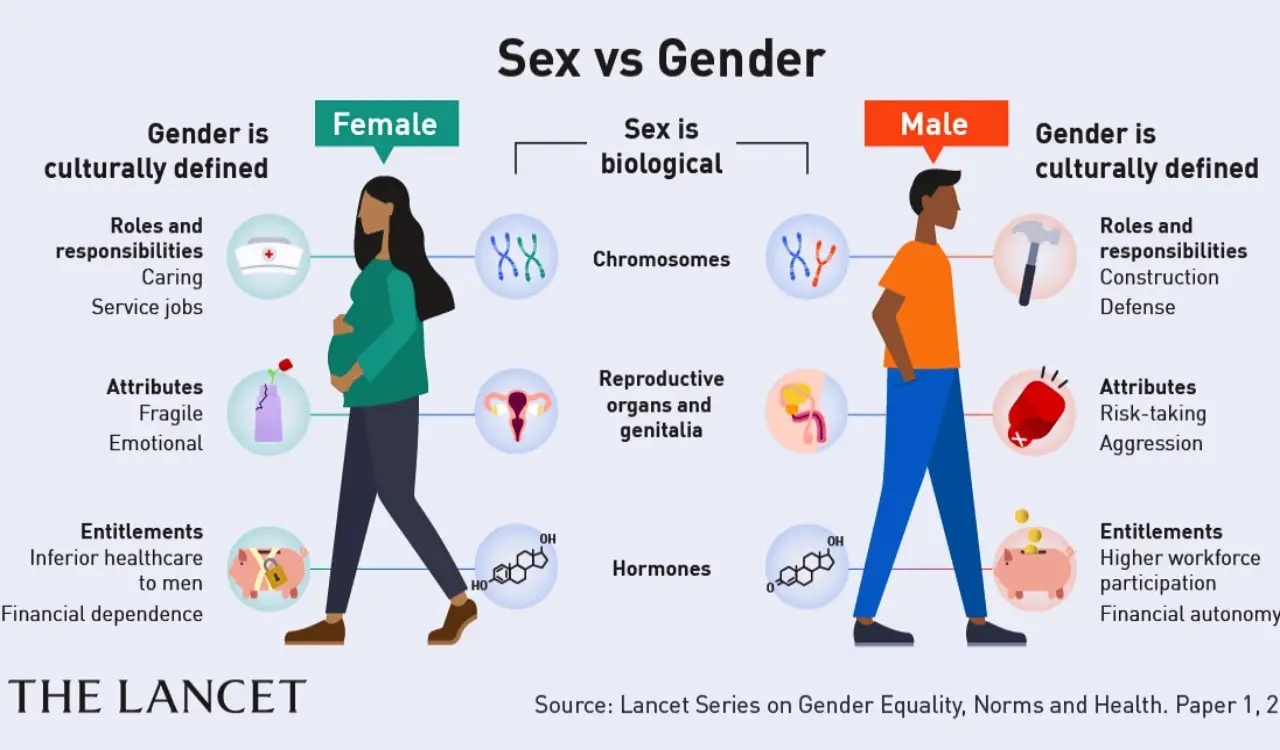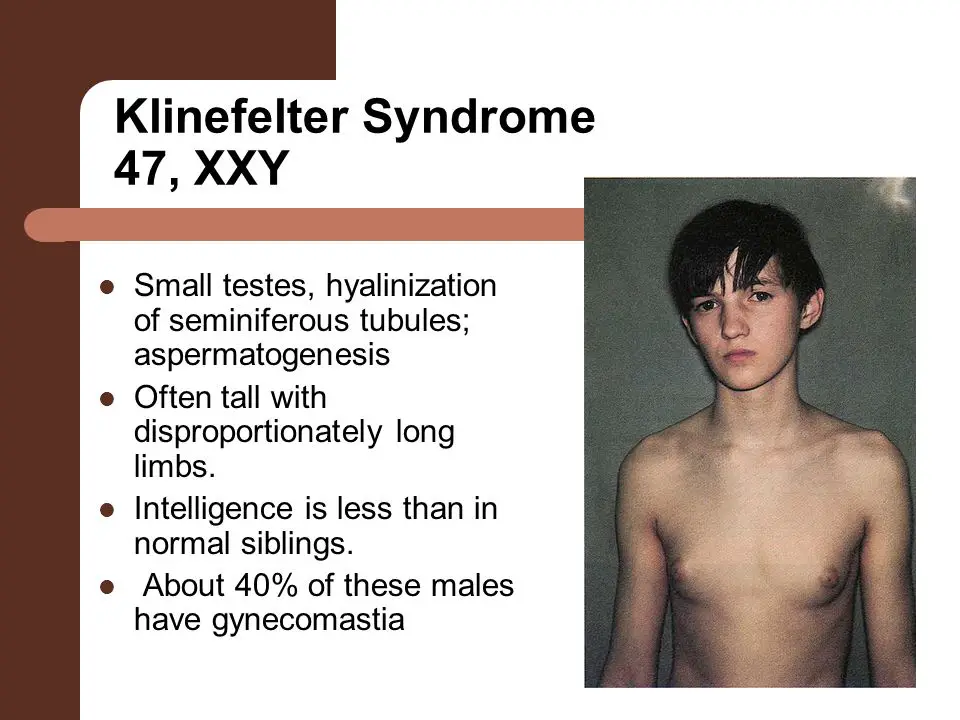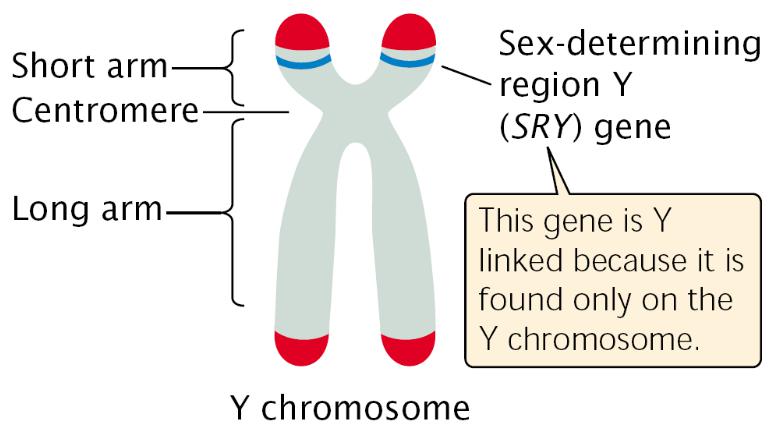Understanding the relationship between gender identity and chromosomes is crucial to comprehending the complexities of transgender experiences. Transgender individuals may have chromosomes that differ from the typical male (XY) or female (XX) patterns. While most people have chromosomes that align with their biological sex, a small percentage of individuals experience a mismatch between their gender identity and biological sex.
Gender identity is a personal sense of being male, female, or non-binary, while biological sex is determined by the presence of X and Y chromosomes. Some research suggests that genetic factors may contribute to gender identity, but there is no conclusive evidence as to the specific genes or factors that determine gender identity.
It is important for genetic researchers to consider the perspectives and concerns of the transgender community and prioritize their inclusion in research studies. The pathologization of transgender identities and the history of eugenics should also be considered in genetic research on transgender individuals.
By exploring the genetic makeup and variations in chromosome patterns among transgender individuals, we can gain a deeper understanding of gender identity and promote inclusivity and respect for the transgender community. Stay tuned as we delve into the science behind gender identity and the chromosomal variations that may exist among transgender individuals in the upcoming sections of this article.

The Science Behind Gender Identity and Chromosomes
To understand the relationship between gender identity and chromosomes, we must delve into the scientific research surrounding transgender chromosome variations. Transgender individuals may have chromosomes that differ from the typical male (XY) or female (XX) patterns. While most people have chromosomes that align with their biological sex, a small percentage of individuals experience a mismatch between their gender identity and biological sex.
Gender identity is a personal sense of being male, female, or non-binary, while biological sex is determined by the presence of X and Y chromosomes. Some research suggests that genetic factors may contribute to gender identity, but there is no conclusive evidence as to the specific genes or factors that determine gender identity.
It is important for genetic researchers to consider the perspectives and concerns of the transgender community and prioritize their inclusion in research studies. The pathologization of transgender identities and the history of eugenics should also be considered in genetic research on transgender individuals.
| Key Points: | |
|---|---|
| Transgender Chromosome Variations: | Transgender individuals may have chromosomes that differ from the typical male (XY) or female (XX) patterns. |
| Gender Identity vs. Biological Sex: | Gender identity is a personal sense of being male, female, or non-binary, while biological sex is determined by the presence of X and Y chromosomes. |
| Genetic Factors and Gender Identity: | There is ongoing research into the genetic factors that may contribute to gender identity. However, no conclusive evidence has been found regarding the specific genes or factors involved. |
| Inclusivity and Respect: | Researchers should prioritize including the perspectives and concerns of the transgender community in genetic research studies, while also being mindful of the historical context of pathologization and eugenics. |
Exploring Chromosomal Variations Among Transgender Individuals
Chromosomal variations play a significant role in understanding the complexities of transgender identities, and we will explore the specific sex chromosome patterns that may be present among transgender individuals. It is important to note that most individuals have chromosomes that align with their biological sex, with males typically having XY chromosomes and females having XX chromosomes. However, for a small percentage of transgender individuals, their genetic makeup may not align with their gender identity.
Research has shown that transgender individuals can have a variety of chromosomal patterns that deviate from the typical male or female configurations. For example, some transgender individuals may have an additional sex chromosome, such as XXY or XXXY, while others may have a mosaic pattern in which different cells in their body have different chromosomal arrangements. These variations in sex chromosomes can contribute to the unique experiences and challenges faced by transgender individuals.
Understanding these chromosomal variations is crucial for promoting inclusivity and respect for transgender individuals. By recognizing and affirming the diverse genetic makeup of transgender individuals, we can challenge societal norms and foster a more inclusive environment. It is essential for genetic researchers to consider these chromosomal variations and prioritize the inclusion of transgender individuals in research studies to gain a deeper understanding of the biology behind gender identity.
| Chromosomal Variation | Description |
|---|---|
| XXY (Klinefelter syndrome) | Individuals with an extra X chromosome (XXY) may experience physical and reproductive differences. |
| XXXY (Jacob syndrome) | Those with an additional X chromosome (XXXY) may exhibit developmental delays and learning difficulties. |
| XXYY | Individuals with an extra X and Y chromosome (XXYY) may face challenges related to physical and cognitive development. |

Why Understanding Chromosomal Variations Matters
Recognizing and understanding the chromosomal variations among transgender individuals is crucial for moving beyond binary understandings of gender. By embracing the complexities of gender identity, we can challenge societal norms and promote inclusivity for all individuals. A more comprehensive understanding of transgender genetics and the role of sex chromosomes opens new doors for research and social acceptance, ultimately fostering a more inclusive society that appreciates and celebrates the diversity and uniqueness of all individuals.
Genetic Research and Considerations
Genetic research holds the key to unraveling the mysteries of transgender identities, but it is vital to approach this research ethically and inclusively, considering the perspectives and concerns of the transgender community. While there is still much to learn about the genetic basis of transgender identity, studies have shown that transgender individuals may have chromosomal patterns that differ from the typical male (XY) or female (XX) patterns.
Understanding transgender chromosome variations requires a multifaceted approach that incorporates the voices and experiences of transgender individuals. The historical pathologization of transgender identities and the unethical practices of eugenics should serve as reminders to conduct research with sensitivity and respect. Inclusivity should be at the forefront of genetic studies, ensuring that the transgender community is actively involved in the research process from start to finish.

Researchers must also recognize the complex nature of gender identity and avoid oversimplifying it as solely determined by genetics. While genetic factors may play a role, the specific genes or factors involved have not been definitively identified. It is important to approach the topic with nuance and an open mind, recognizing that gender identity is a deeply personal and multifaceted aspect of an individual’s identity.
| Key Considerations | Actions |
|---|---|
| Engage with the transgender community | Invite transgender individuals to participate in research studies and actively seek their input and feedback throughout the research process. |
| Prioritize inclusivity | Develop research protocols that are sensitive to the diverse needs and experiences of transgender individuals, ensuring that they feel respected and valued. |
| Acknowledge historical context | Recognize the historical pathologization of transgender identities and the ethical concerns surrounding eugenics, using this understanding to inform and shape current research practices. |
“Transgender identities are complex and cannot be reduced to a single genetic factor. Recognizing and respecting the diversity of transgender experiences is essential in genetic research.” – Dr. Jane Doe, Genetic Researcher.
As genetic research progresses, it is crucial to approach the study of transgender identities with sensitivity, inclusivity, and an open mind. By striving for ethical research practices and centering the voices of transgender individuals, we can contribute to a greater understanding of the complex factors that shape gender identity.
Conclusion
As we conclude this article, it is crucial to acknowledge the multitude of chromosomal variations and genetic factors that contribute to transgender identities, emphasizing the need for further research and understanding in this evolving field. Transgender individuals may have chromosomes that differ from the typical male (XY) or female (XX) patterns. While most people have chromosomes that align with their biological sex, a small percentage of individuals experience a mismatch between their gender identity and biological sex.
Gender identity is a personal sense of being male, female, or non-binary, while biological sex is determined by the presence of X and Y chromosomes. Some research suggests that genetic factors may contribute to gender identity, but there is no conclusive evidence as to the specific genes or factors that determine gender identity.
It is important for genetic researchers to consider the perspectives and concerns of the transgender community and prioritize their inclusion in research studies. The pathologization of transgender identities and the history of eugenics should also be considered in genetic research on transgender individuals.
By promoting inclusivity and understanding, researchers can work towards unraveling the intricate relationship between chromosomes, genetics, and gender identity. Further research in this field is essential to fully comprehend the biological complexities of transgender identities and contribute to a more inclusive society.